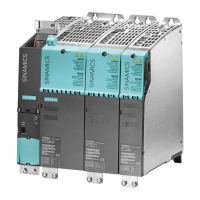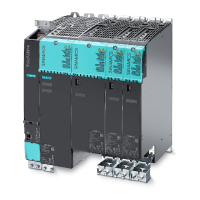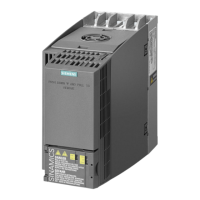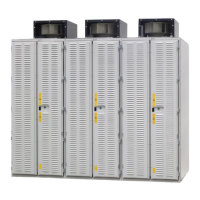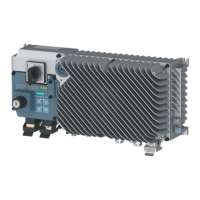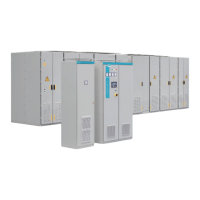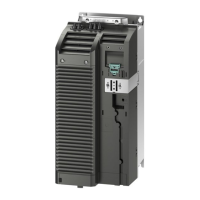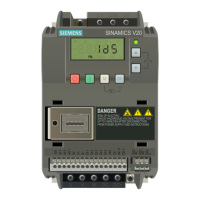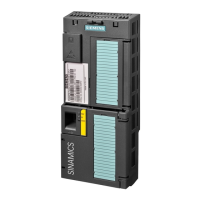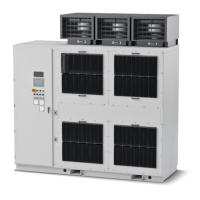Functions, monitoring, and protective functions
9.5 Monitoring and protective functions
Drive converter cabinet units
Operating Instructions, 07/07, A5E00288214A
401
9.5.2 Thermal monitoring and overload responses
Description
The priority of thermal monitoring for power components is to identify critical situations. If
alarm thresholds are exceeded, the user can set parameterizable response options that
enable continued operation (e.g. with reduced power) and prevent immediate shutdown. The
parameterization options, however, only enable intervention below the shutdown thresholds,
which cannot be changed by the user.
The following thermal monitoring options are available:
● i²t monitoring – A07805 – F30005
i²t monitoring is used to protect components that have a high thermal time constant
compared with semi-conductors. Overload with regard to i²t is present when the converter
load (r0036) is greater than 100% (load in % in relation to rated operation).
● Heatsink temperature – A05000 – F30004
Monitoring of the heat-sink temperature (r0037) of the power semi-conductor (IGBT).
● Chip temperature – A05001 – F30025
Significant temperature differences can occur between the barrier layer of the IGBT and
the heatsink. These differences are taken into account and monitored by the chip
temperature (r0037).
If an overload occurs with respect to any of these three monitoring functions, an alarm is first
output. The alarm threshold p0294 (i²t monitoring) can be parameterized relative to the
shutdown (trip) values.
Example
The factory setting for the alarm threshold for chip temperature monitoring is 15 Kelvin (K),
and 5 K for the heat sink and inlet air. This means that the "Overtemperature, overload"
alarm is triggered at 15 K or 5 K below the shutdown threshold.
The parameterized responses are induced via p0290 simultaneously when the alarm is
output. Possible responses include:
● Reduction in pulse frequency (p0290 = 2, 3)
This is a highly effective method of reducing losses in the power unit, since switching
losses account for a high proportion of overall losses. In many applications, a temporary
reduction in the pulse frequency can be tolerated to allow the process to continue.
Disadvantage:
As a result of the pulse frequency reduction, the current ripple is increased which can
mean that the torque ripple is increased at the motor shaft (for low moments of inertia)
and also an increased noise level. Reducing the pulse frequency does not affect the
dynamic response of the current control circuit, since the sampling time for the current
control circuit remains constant.
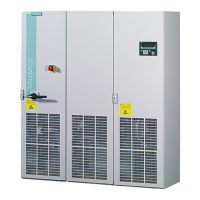
